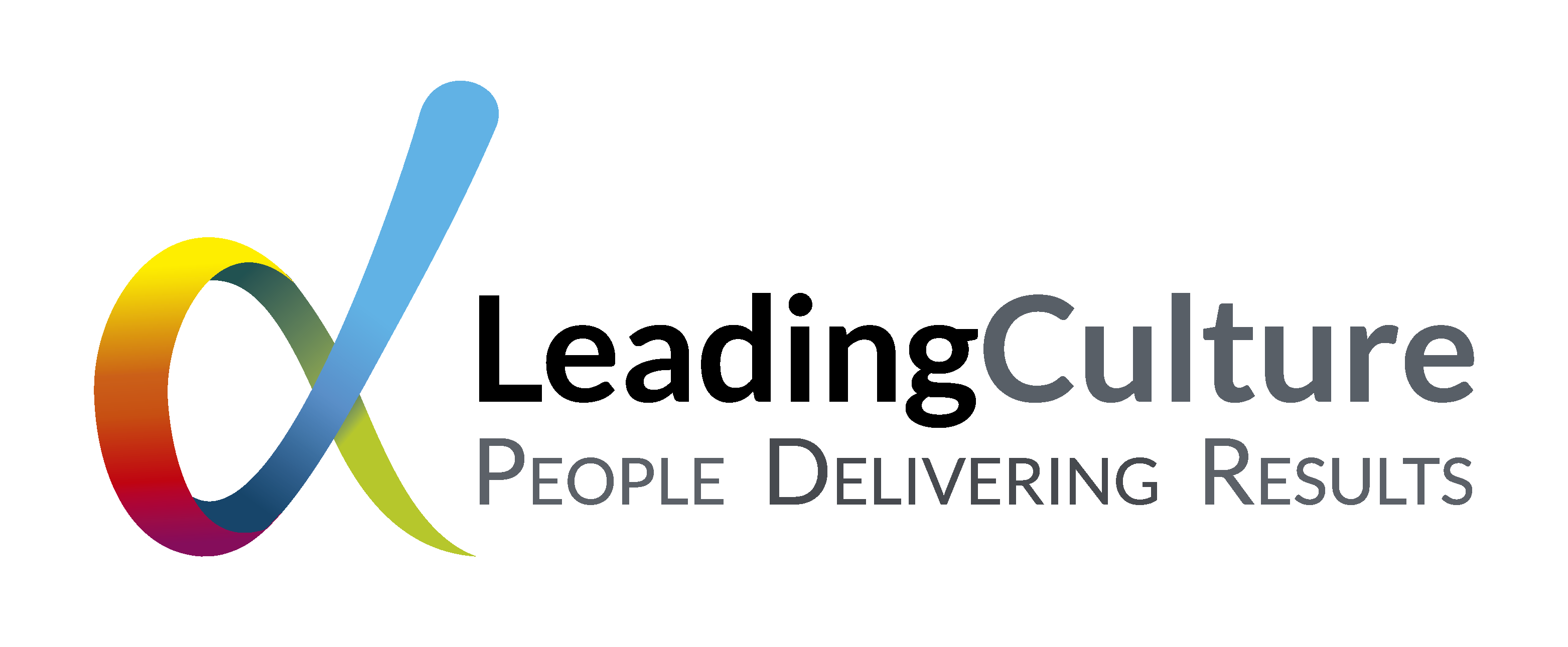Collaborative Leadership
Build High Performance Teams

Course Overview
Teams are the fundamental building blocks of organizations. Learn practical tools to build high-performance teams and facilitate decision-making and problem-solving. Participants will learn competencies of team leadership, facilitation, setting goals, motivating teams, and conducting effective meetings. The course aims to tap into the diversity of the team, organization, and community to achieve amazing.
Collaborative Leadership provides leaders with practical tools to build high-performance teams and facilitate decision-making and problem-solving. You will learn how to set team goals, manage group dynamics, and build a collaborative team culture that supports success. You will gain skills as a facilitative leader and have the tools necessary to build and lead teams that deliver results.
Upon completion you will be able to:
- Launch and maintain high performance teams
- Employ strategies and techniques to encourage full participation and contribution from your team members.
- Set clear and measurable goals and objectives
- Apply proven frameworks for systematic problem-solving processes within teams.
- Make effective decsions
- Become a facilitative leader to empower your team to achieve their full potential.
- Plan, prepare, and conduct productive and engaging meetings that achieve the desired outcomes.


Learn how to build a team
In today’s economy, organizations and communities that can tap into the knowledge, skills and expertise of their people, in essence their “human capital”, have a huge strategic advantage. Collaborative Leadership builds a leader’s ability to harness the full potential of their groups and teams.
A high-performing team is the result of a purposeful approach that focuses on various aspects such as purpose, tasks, relationships, and processes. The leader then establishes common objectives and fosters a shared mindset among the team members. A Open dialogue and collaboration are encouraged, which results in a productive and efficient team.
Facilitate your team – Get Results
The amount of time we spend in group meetings these days is staggering! It is clear that collaboration and interdependence are inescapable in today’s landscape. To survive and thrive today, organizations must work together to fully engage its people and tap into their knowledge, expertise and skills.


Solve problems and make decisions
High-performing teams are characterized by their ability to make effective decisions, solve problems efficiently, and possess excellent communication skills.
High-performing teams are characterized by their ability to make effective decisions, solve problems efficiently, and possess excellent communication skills. However, it’s not uncommon for teams to encounter difficulties in these areas, which can result in team conflict. In this course, you will learn a range of creative problem-solving and decision-making techniques that will enable you to navigate beyond the storming phase and achieve high performance. Additionally, we will explore three distinct leadership decision styles and their appropriate usage, allowing you to choose the most effective style for your team in any given situation.communication skills.
Drive engagement
Greater things can happen when people are engaged. Engaged employees are more productive because their work behaviour is energized, focused, and more aligned to the needs of the organization.
When people are engaged, amazing things can happen. Engaged employees exhibit energized, focused, and more aligned work behavior, which ultimately leads to increased productivity and success for the organization. As a skilled leader, it is important to structure work in a way that aligns with people’s goals and motivations. By empowering team members and making them feel valued, leaders can foster a sense of ownership and visibility, inviting input and sharing responsibility for outcomes. Additionally, it is crucial to establish a clear connection between each team member’s motivators and the organizational goals, creating a shared sense of purpose that drives engagement and productivity.

What people are saying about Collaborative Leadership
Became a skilled meeting faciliator
“I learned how to facilitate and prepare for meeting.” Collaborative Leadership participant.
Increased team engagement
“Addressed my goal of empowering and encouraging participation with my team.”
Outstanding course delivery
“The materials presented in the delivery of the training were outstanding!”
Topics Covered
Build a high-performance team
- Identify the elements of a high-performing team
- Establish team goals and objectives
- Understand the five dysfunctions of team
- How to build a team
- Develop a team charter
Increase engagement through facilitation
- Learn the core principles of facilitation
- Identify the qualities of a great facilitator
- Build you skills as a facilitative leader
- Apply tools and processes to maximize engagement
- Faciltate productive meetings
Creative Problem-Solving
- Learn creative problem solving techniques
- Enage your team in collaborative problem solving
- Learn and apply two problem solving methods
- Conduct a root cause analysis
- Apply sound methods to ensure problems stay solved
Effective Decision-Making
- Types of decisions a leaders makes
- Decide when to engage others and when to make the decision your self
- Explore and apply consensus decision making techniques
- Understand rational decision making
- Increase commitment to decisions
